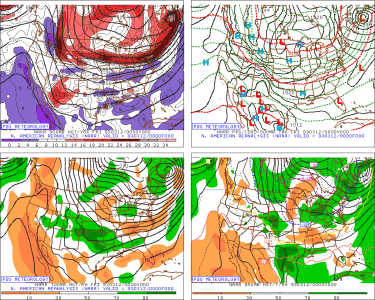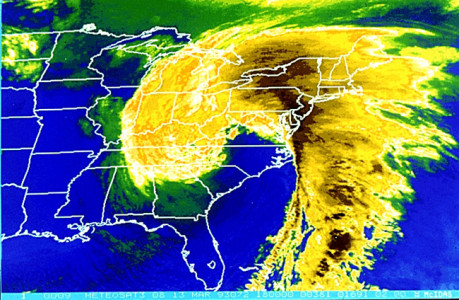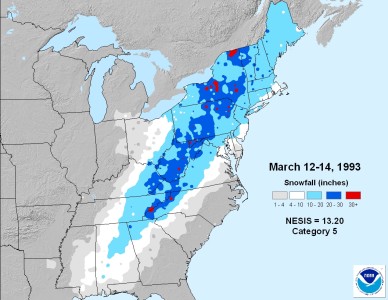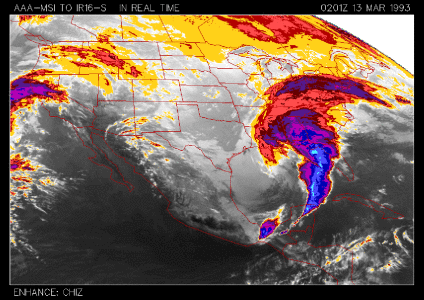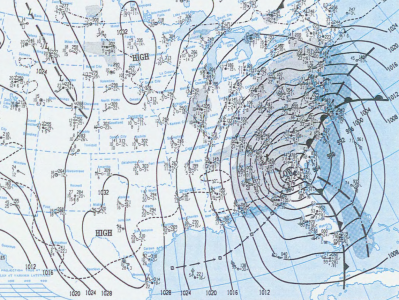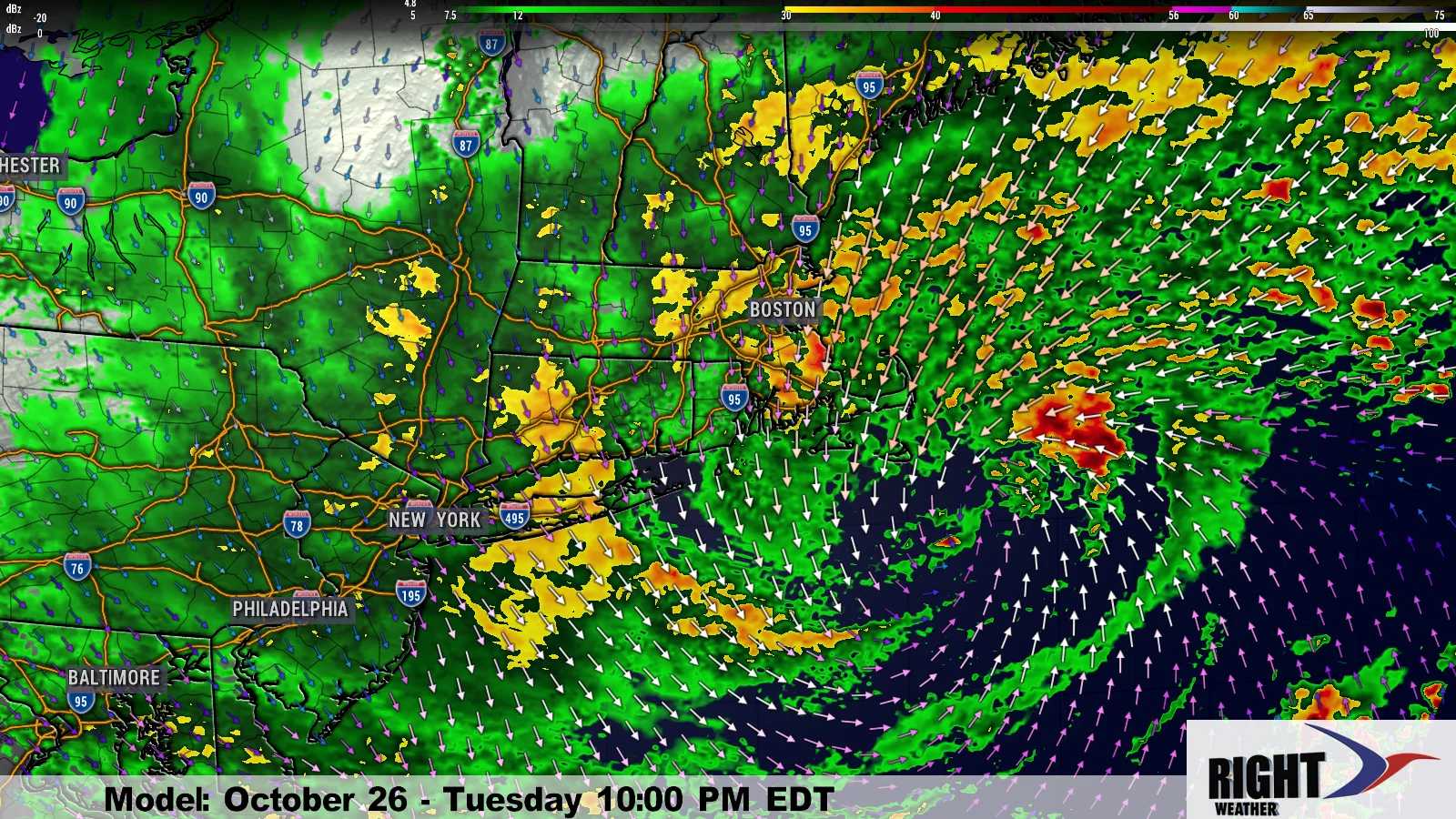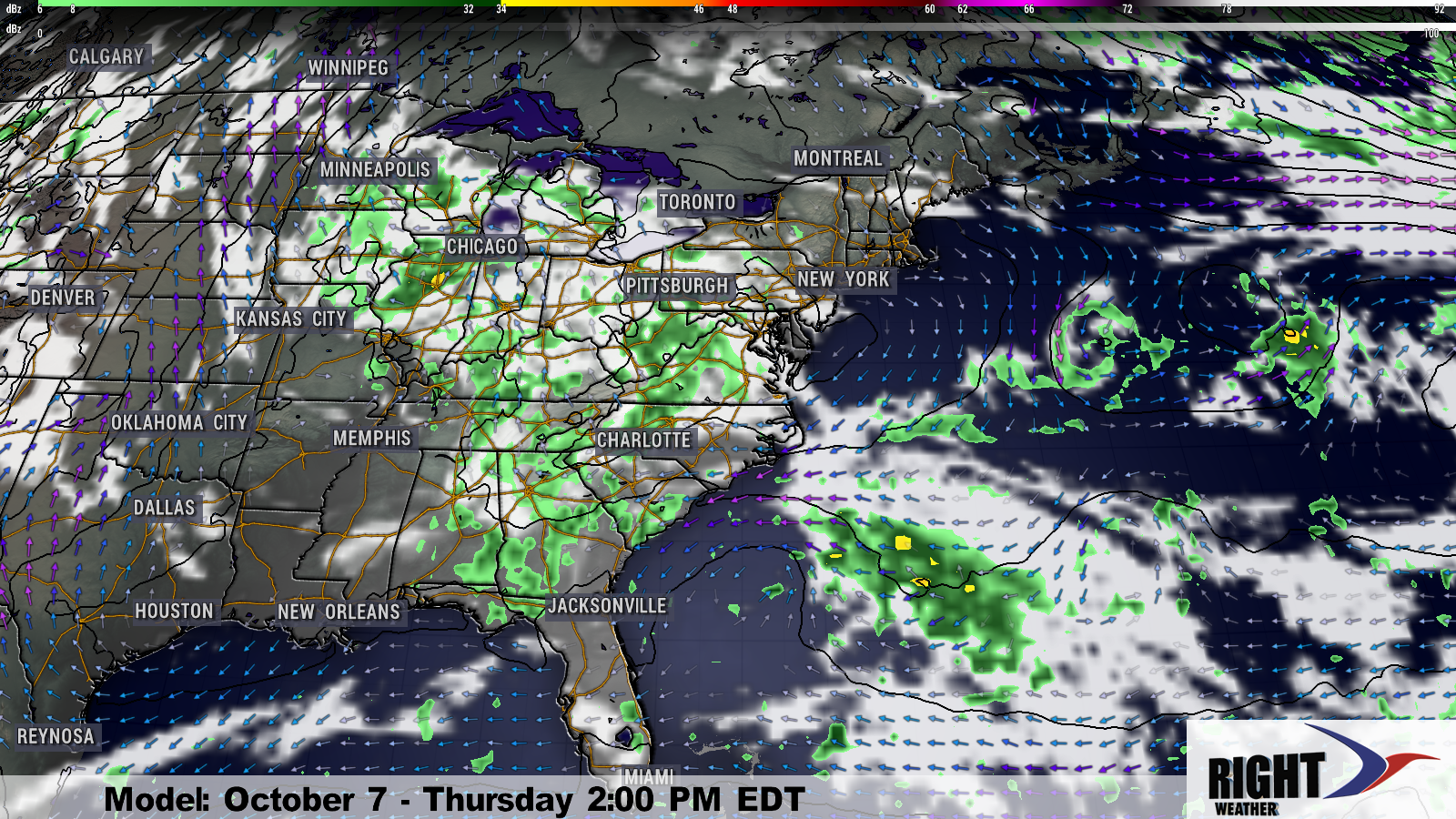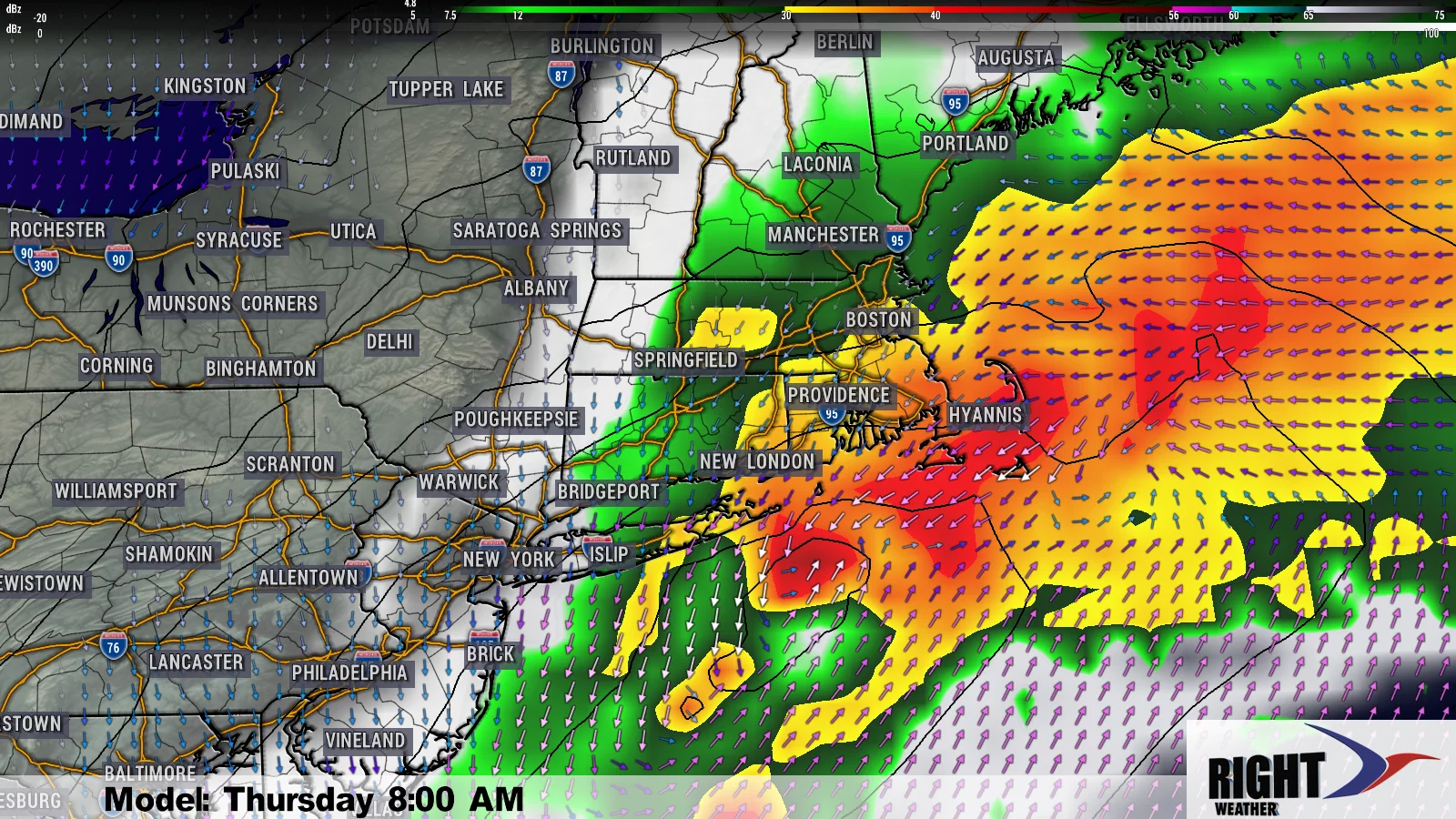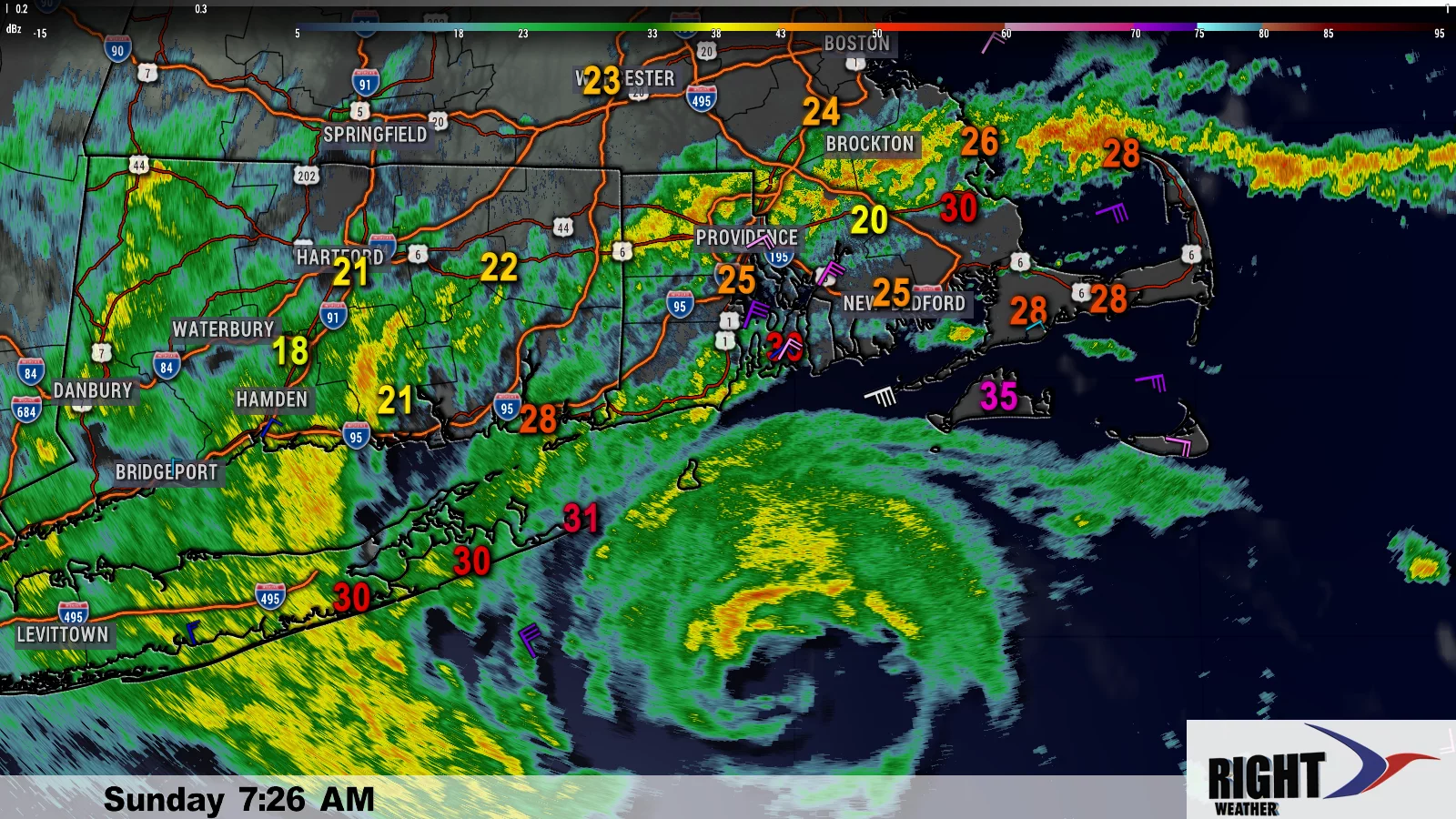Anniversary of the 1993 Storm of the Century
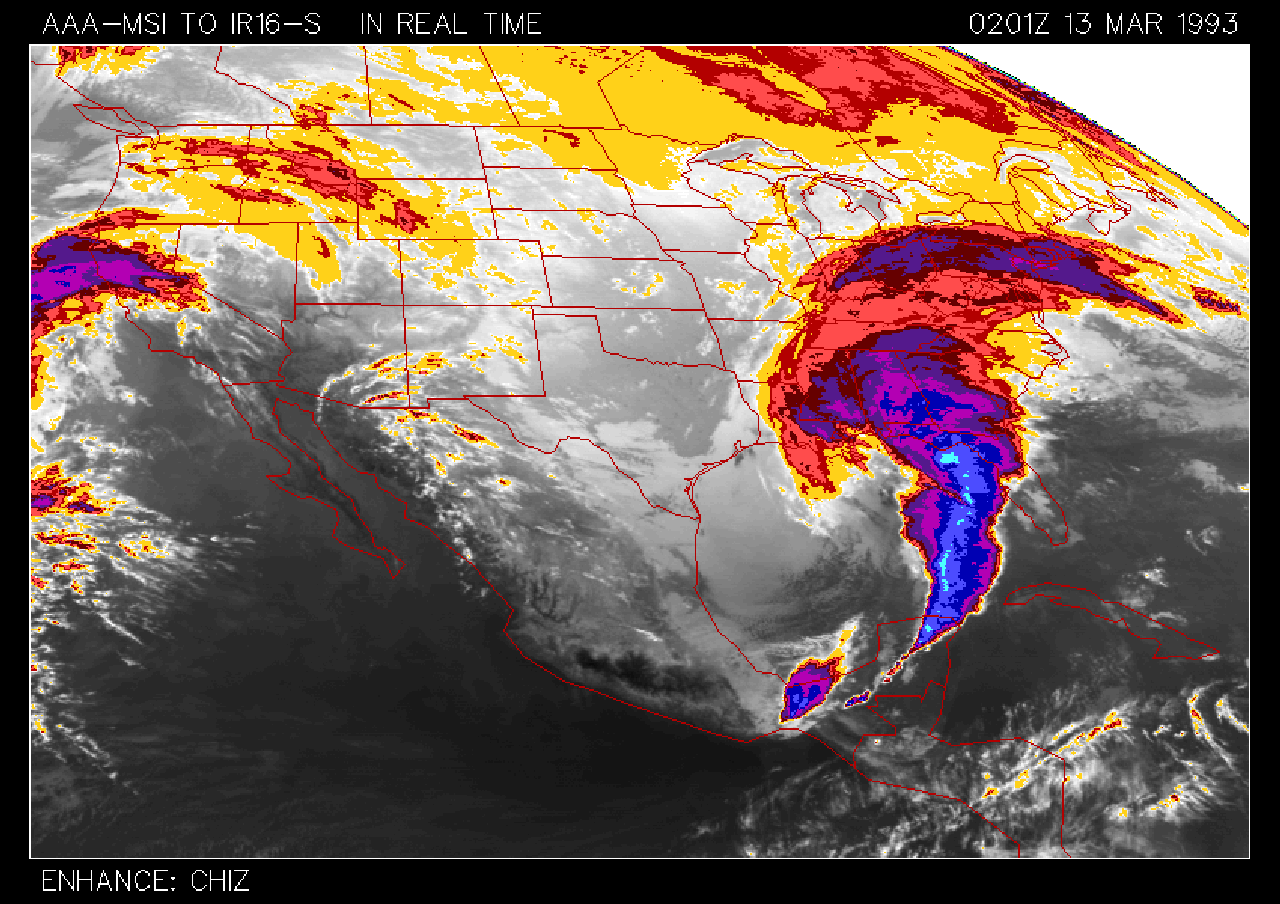
The 1993 Storm of the Century (or Superstorm) developed in the Gulf of Mexico on March 12 before riding up the spine of the Appalachians into Northeast on March 13. This historic weather event was responsible for more than 300 deaths as it roared up the East Coast. It had a direct impact on 40% of the U.S. population, and more than 10 million people lost power during the storm.
The storm developed along a stationary front in the Gulf of Mexico, and atmospheric conditions were very favorable for rapid intensification due to a strong jet stream entering a deep trough in the Eastern US. There was plenty of cold air available on the western side of the storm for heavy snow.
The storm may be best known for bringing blizzard conditions from the Southeast to the Northeast, but there was also a powerful squall line that spawned 11 confirmed tornadoes and a derecho in Florida. The wind gusted to 96 mph in the Tampa Bay area and over 100 mph in Cuba. Strong onshore winds on the west coast of Florida created a large storm surge up to 12 feet high. The storm killed 44 people in Florida.
The center of the storm moved through the Florida Panhandle and heavy snow and blizzard conditions developed across the interior Southeastern United States. Birmingham, AL, Chattanooga, TN, and Asheville, NC all set all-time snow records. The central pressure of the storm reached record low levels for any observed storm, including hurricanes, in the interior Southeast. Beaches in the Carolinas were battered by huge waves, and 18 houses were destroyed by the storm surge and beach erosion.
The storm continued moving north and spreading very heavy snow in its path. Many big cities in the Mid-Atlantic and Northeast received at least a foot of snow. Every major airport on the East Coast was closed at one point during the storm. A National Weather Service report estimates the water dropped by the storm was enough to flood 44 million acres of land one foot deep!
National Weather Service report on the Storm of the Century
Overview of the Storm of the Century
Southern New England impact
In Rhode Island and Southeastern Massachusetts, the impacts of the storm were relatively minor compared to some of the hardest hit areas. No fatalities were reported in Southern New England as a result of the storm. Providence, RI recorded 10.2″ of snow from the storm. It was not exclusively snow in Providence, with total liquid precipitation topping 2.5″. Boston, MA received 13″ of snow. Worcester, MA was buried under 17.7″ of snow. Hartford, CT received 15″ of snow. Closer to the coast, the snow changed to rain and accumulations were limited. The wind on top of Mt. Washington gusted to 144 mph during the storm. The storm was followed by a bitter blast of Arctic air, with lows on March 15 in the single digits to low teens. Highs were only in the 20s – about 20 degrees colder than normal.
